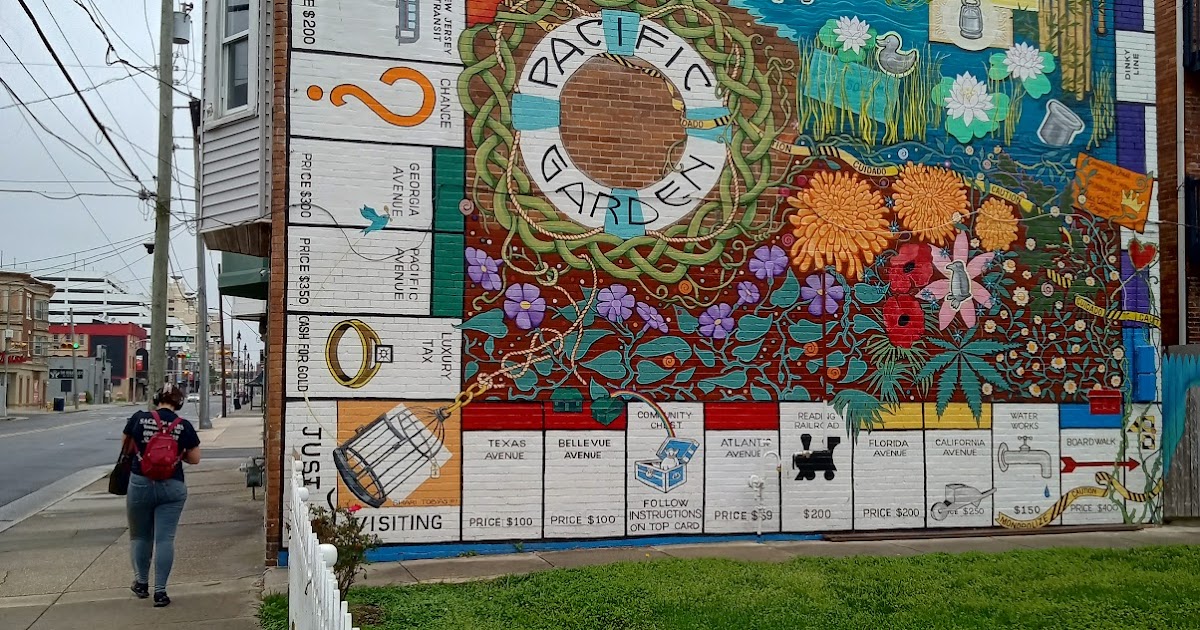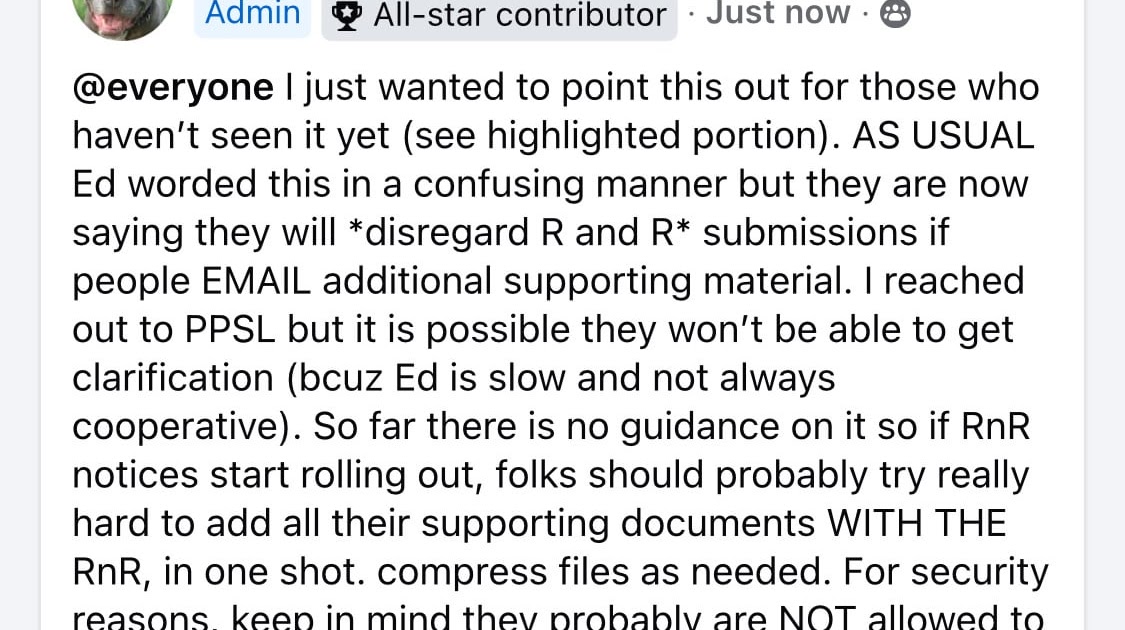Heraclitus once said, “The only certainty in life is change.” I don’t often quote ancient philosophers, but that line feels especially true in the context of higher education.”
We hear a lot about change and change management in higher ed, but we don’t hear enough about how to successfully navigate it and use it as a springboard to propel institutions forward. But change in our industry is no longer episodic; it’s constant. From evolving student expectations to emerging technologies and shifting funding models, institutions are facing wave after wave of disruption. The sheer volume of change within higher education makes effective change management not just important, but essential to success.
Too often, change management in higher education is treated like a checklist: a one-and-done plan that lives and dies with the project at hand. A new technology platform. A revised advising model. A restructured academic department. Each initiative gets a task force, a timeline, maybe a town hall or two. Then it ends.
This reactive, fragmented approach may get things over the finish line, but it can also lead to burnout, resistance, and a lack of long-term adoption. Change fatigue is real, and without a strategic change management plan, it can lead to staff turnover and a revolving door of changes that fail to realize their full potential. Institutions get stuck in a perpetual loop of short-term fixes and long-term frustration.
We can’t continue to treat change management in higher education as a one-time initiative but need to start thinking of it as a core leadership discipline.
Higher ed change management deserves a seat at the table
Higher ed leaders are navigating an environment where agility is essential. Budgets are tighter. Competition is fiercer. Student needs are more complex. And digital transformation is an ongoing reality that will drive constant change.
But too often, higher education views change management as a reactive function, kicking in when something is already in motion, such as implementing a new CRM, redesigning an advising model, or centralizing key functions and departments. The focus is often on damage control: How do we minimize pushback, smooth over disruptions, and reach the finish line without too much friction?
Start by elevating change management to the strategic level, not only giving it a seat at the leadership table, but also providing it with the same structure, dedicated resources, and strategic oversight as any other core function. Schools that do this are better equipped to:
- Improve cross-campus alignment
- Reduce resistance and increase buy-in
- Accelerate the adoption of new systems or models
- Minimize disruption to students and staff
- Deliver better outcomes, faster
The bottom line? In this climate, the ability to manage change effectively is a competitive advantage. If you want your institution to be resilient, you need to be deliberate about how you manage change.
Build the muscle: 3 strategies for better change management in higher ed
To help get you started, here are three practical ways you can help your institution build confidence, strengthen its change management muscle, and create a culture that’s ready to adapt.
1. Create a change management playbook and use it
Successful change management cannot be ad hoc or reactive. A change management playbook brings clarity and consistency. It outlines the steps, tools, and best practices for managing change from start to finish. When creating your playbook, consider:
- Stakeholder mapping: Who are the executive sponsors? Who is affected? Who are the influencers? Who needs to be consulted early and often?
- Communication protocols: What do different audiences need to know and when? How will you keep them informed and engaged? How will the messages be delivered? How will we gather feedback?
- Training and support: What tools, resources, or guidance will people need to succeed in the new environment?
Having a playbook doesn’t mean every change looks the same. It means every change follows a thoughtful, proactive approach, building institutional memory and contributing to a proven, repeatable model. It also sends a clear signal to your campus community: We take change seriously, and we’re investing in doing it well.
Don’t silo your playbook. Make it a shared resource across IT, academic affairs, student services, and marketing. The more aligned your teams are, the more cohesive your change efforts will be.
2. Appoint change champions across the institution
Change doesn’t stick because a VP says so. It sticks because people at every level understand it, own it, and advocate for it.
That’s why identifying change champions is essential. Change champions are individuals with influence in their peer groups who understand the value of the change and are willing to help others navigate the transition. They can be faculty, staff, or student leaders. When building your network, identify advocates across departments and at all levels.
Empower these individuals with context, talking points, and direct lines of communication to leadership. Let them surface concerns early and share success stories along the way. Peer advocacy goes a long way in building trust, momentum, and reinforcing key messages.
The result? Change doesn’t feel imposed. It feels supported, even co-owned.
3. Make Communication your top priority
Communication is the lifeblood of effective change management in higher education. But too often, it’s treated as an afterthought. You can’t lead change in silence, and exceptional leaders should communicate early and often
Your institution should approach communication with intention and discipline:
- Start with the “why” behind the change. People are more likely to support change when they understand its purpose.
- Tailor messages to each audience. Faculty care about different things than students or staff. Don’t send one-size-fits-all emails and expect engagement.
- Use multiple channels. Email, intranet, in-person forums, social media, video — different people absorb information in different ways.
- Be transparent, even when things aren’t going according to plan. Share what you know, when you know it. When things change, explain why.
Clear, frequent communication is one of the most powerful tools you for building trust and reducing resistance. And remember: Communication is a two-way street. Build feedback channels into your plan. Listen actively. Adapt as needed.
Change management as a strategic function
So, what does it look like when an institution treats change management as a true leadership discipline? It looks like this:
- A standing change management office or role, reporting into strategy or operations.
- A centralized playbook that guides every major initiative.
- Regular training and coaching for leaders on how to lead through change.
- KPIs and feedback loops that track engagement, adoption, and outcomes.
- An inclusive culture where stakeholders are part of the process, not just recipients of it.
In this model, change is no longer a disruption. It’s a capability. Something your institution can do reliably, thoughtfully, and at scale.
Lead like change is the constant
If you take one thing away from this, let it be that change management isn’t a project, it’s a leadership discipline. It deserves the same strategic attention as budgeting, enrollment planning, or accreditation. Because, when done right, it unlocks the potential of your people, your technology, and your mission.
Change will keep coming, and by making change management a core part of how your institution operates every day, you can take control of it and effectively drive your desired outcomes.
Innovation Starts Here
Higher ed is evolving — don’t get left behind. Explore how Collegis can help your institution thrive.










